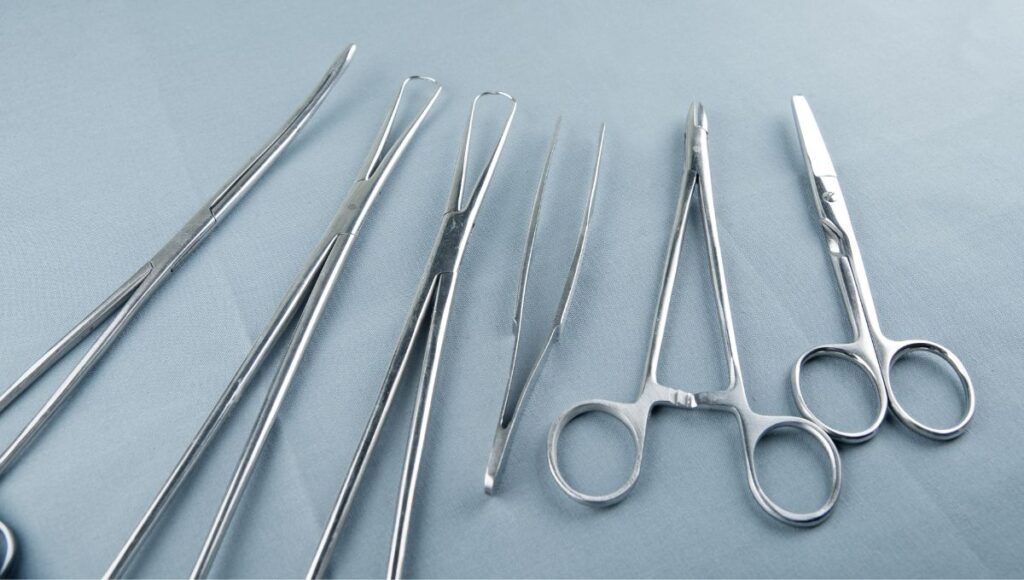
Keeping a medical facility clean and organized is a difficult task but one that we must practice daily. Many medical facilities use disposable, single-use tools and instruments to promote patient health and clean environments. However, some instruments require high-quality materials or precision that disposable options cannot provide. In these cases, medical facilities and their staff must be able to keep these instruments clean and sterilized to promote a safe environment. Keep reading to learn about the different ways medical facilities keep instruments clean.
Why Clean Instruments Matter
Clean instruments are vital for a successful healthcare system, as they protect patients from infections in environments where immunity is weak.
The consequences of unsterilized tools are severe and include infections, higher costs, and even patient deaths. Thoroughly cleaning medical instruments isn’t just a suggestion; it’s crucial for saving lives.
A medical instrument’s cleanliness ensures patient trust and your practice’s quality. Clean instruments act as guardians against infections, ensuring patient safety. When choosing between disposable versus reusable forceps and other instruments, remember the importance of keeping reusable options clean and sterilized.
Methods of Instrument Sterilization
In medical facilities, professionals use various techniques to sterilize instruments, each method presenting unique benefits and compatibility with different types of equipment.
Autoclaving
Steam sterilization through autoclaves is among the most common and effective methods, capable of destroying all forms of microbial life.
Chemical Sterilization
This method, which can involve liquid or gas, is particularly suitable for heat-sensitive instruments. However, health facilities must be cautious, as chemical sterilants have unique handling, shelf life, and safety requirements.
Dry Heat Sterilization
Though less common, dry heat is an excellent alternative for cleaning certain instruments, providing another layer of versatility in the sterilization arsenal.
Ethylene Oxide Sterilization
This sterilization method involves exposing products to ethylene oxide gas within a sealed chamber, which is ideal for items that steam sterilization may damage.
Each technique contributes to the collective defense against infection in the healthcare industry.
Best Practices for Medical Facilities
Maintaining clean instruments through proper sterilization methods is crucial in medical facilities. This involves adhering to strict cleaning schedules and implementing effective validation processes to ensure the sterilization equipment functions optimally. Moreover, correct storage practices, such as utilizing designated areas with controlled environments, are vital to prevent contamination post-sterilization. Ongoing staff training on the latest sterilization protocols and advancements in the field is also imperative to enhance knowledge and ensure compliance with best practices. By following each step of the sterilization process with attention to detail and precision, healthcare facilities can mitigate risks of infections and uphold patient safety standards.
By understanding the significance of clean instruments, exploring how facilities keep instruments clean, and implementing best practices, medical facilities can fortify their procedures and champion patient safety.

